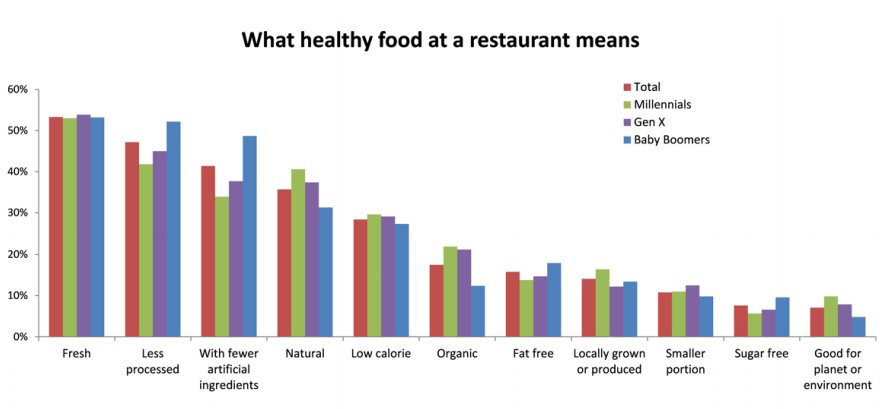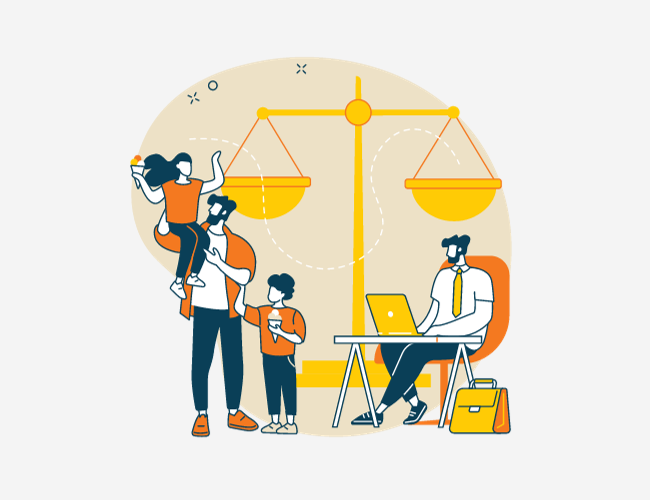In this world of low loyalty, it feels like employees are always having one foot out the door. Millennials, the largest generation in the workforce, are the least loyal of all. In fact, two-thirds of millennials surveyed said that they see themselves switching jobs in the next four years.
Employers are not facing the struggle alone. Brands spend millions of dollars courting millennials, using bulk advertising to make up for the low retention rate. Just like how you try to learn more about your partner on the first date, companies use market research to discover millennials’ likes and dislikes, aspirations, and beliefs.
At first, it seems like a consumer brand and a hiring organization are on the opposite ends of the cash flow; one takes money out of millennial pockets while the other one supplies it. However, both need millennials to like and trust them before they can do any business. Yet, managers often forget that they, just like consumer brands, need to make their millennial employees happy to retain talent.
Intuitively, company managers can learn from tactics brands are using to inspire millennials to work better and more effectively as well as to align their benefits with that of the organization. Learn to speak “millennials’ language” to reduce turnover rate and increase employee engagement and loyalty with these four strategies that brands are using right now to attract customers.
1. Focus On Health
Millennials are more likely to care about personal health relative to other generations. It impacts the way they conduct themselves professionally; millennials appreciate people who take care of them, whether it is hotels, restaurants, or employers.
But where do you start? Health and wellness encompasses many different components, such as physical, mental, and financial. If you need to pick a starter, learn from brands that are focusing on millennials’ preference for fitness and nutrition.
Fitness
Hotels are rolling out yoga mats to entice fitness fanatics and the health-conscious alike. Nearly half of millennials said that a premium fitness center with options for on- or off-site exercise classes was influential when they decide on where to stay. In fact, 49% of millennials said they viewed an on-site gym as one of the most important features of a hotel. Hotels managers are anticipating the demand with 85% of hotels having fitness facilities last year compared to 63% in 2004.
Takeaway lesson: Create an active culture in your company by offering on-site classes, gym reimbursements, or holding a sports day.
Nutrition
While previous generations look at healthy options as ones with low calories, no fat, or minimal sugar, millennials are gravitating towards consuming whole foods. To them, healthy foods mean fresh products that are less processed and contain fewer artificial ingredients.

Takeaway lesson: If you provide food in the company kitchen, avoid the packaged snacks. Stock up on natural and healthy items such as fresh fruits, nuts, and other unprocessed options.
2. Customer Service Is King
Because of the economic downturn, high student debt, and lower pay than the previous generations, U.S. millennials are much more likely to shop around for the cheapest options. Brand loyalty is a hard asset to earn these days. What are brands doing to counteract this?
They provide superior customer service.
How does Trader Joe’s compete with big grocery stores? Why do customers go to Zappos instead of more aesthetically pleasing sites? Why is “going to the Apple Store” an amazing experience but “going to a Samsung store” is not a thing? The biggest differentiator for these brands is their ability to go above and beyond for their customers. The customer is king, and brands put customers’ needs above all else.
Takeaway lesson: A strong relationship with a manager is just as satisfying as getting quality customer service. Managers need to invest in employees and their success. This means frequent communications, being accommodating to their needs, and creating opportunities for them to advance in their career.
3. More Than Just The Bottom Line
Here are some stats to consider:
- In 2014, 51% of millennials reported checking the product packaging for sustainability claims before making a purchase
- Nearly 3 out of 4 consumers ages 34 and under are willing to pay more for brands that are committed to making positive social and environmental impact
- 92% of millennials are more likely to purchase goods and services from ethical companies and 82% of this group said that they are likely to seek jobs from companies that have been publicly recognized for ethics
Millennials want to make positive impacts, and they are much more likely to do business with organizations that reflect their beliefs. This attitude shows in both their day-to-day shopping and the search for suitable employers.
Takeaway lesson: If you want to engage and retain your millennial employees, show them what you stand for! Of course, that requires an organization to have core values to begin with. If you don’t have one (yet), now is the time to start considering formally declaring company values. Both your millennial consumers and employees demand it.
4. Transparency
Millennials grew up in the age of transparency, and they expect nothing less from the brands around them. Blame it on social media; it is so easy for people to learn about the values and drivers of a brand. In fact, 73% of consumers from a study said they’d be willing to pay more for a product that promises total transparency while 39% will switch to a different brand for the same reason.
It is not hard to understand this phenomenon. From a human-to-human perspective, individuals are much more likely to trust a person if they are being open and honest. Companies are just a collective of people and are subjected to the same law.
Takeaway lesson: The simplest way you can improve transparency in the office is by improving communication. Have frequent conversations on developments at the company. Don’t keep employees in the dark and be transparent with agendas. Though it might be hard to open up at first, employers will slowly realize that organizational transparency is possible.
Learn from the success of these five widely-known transparent companies!




.png)









